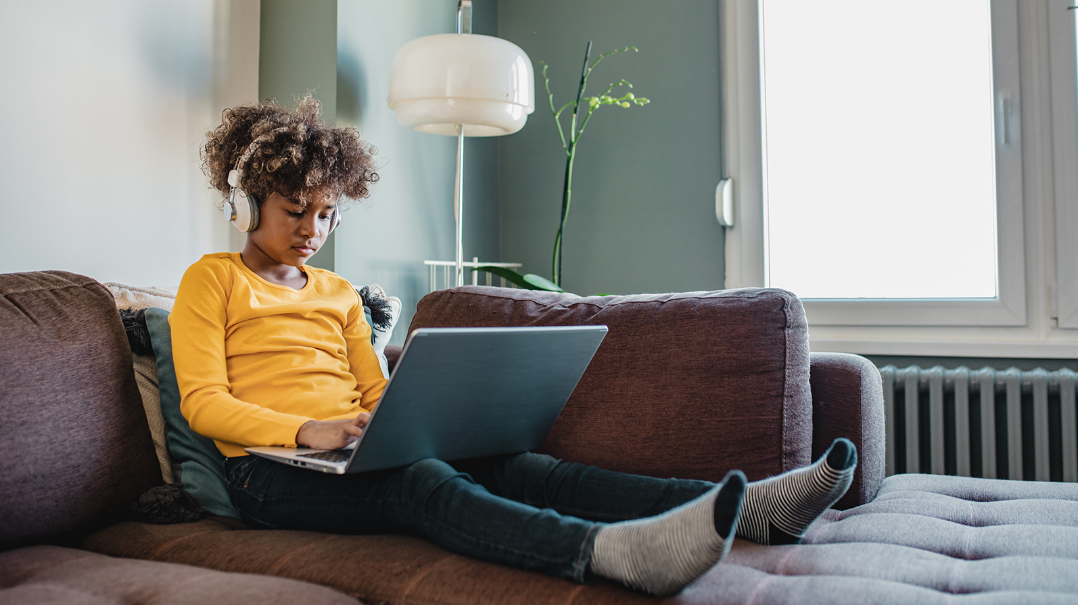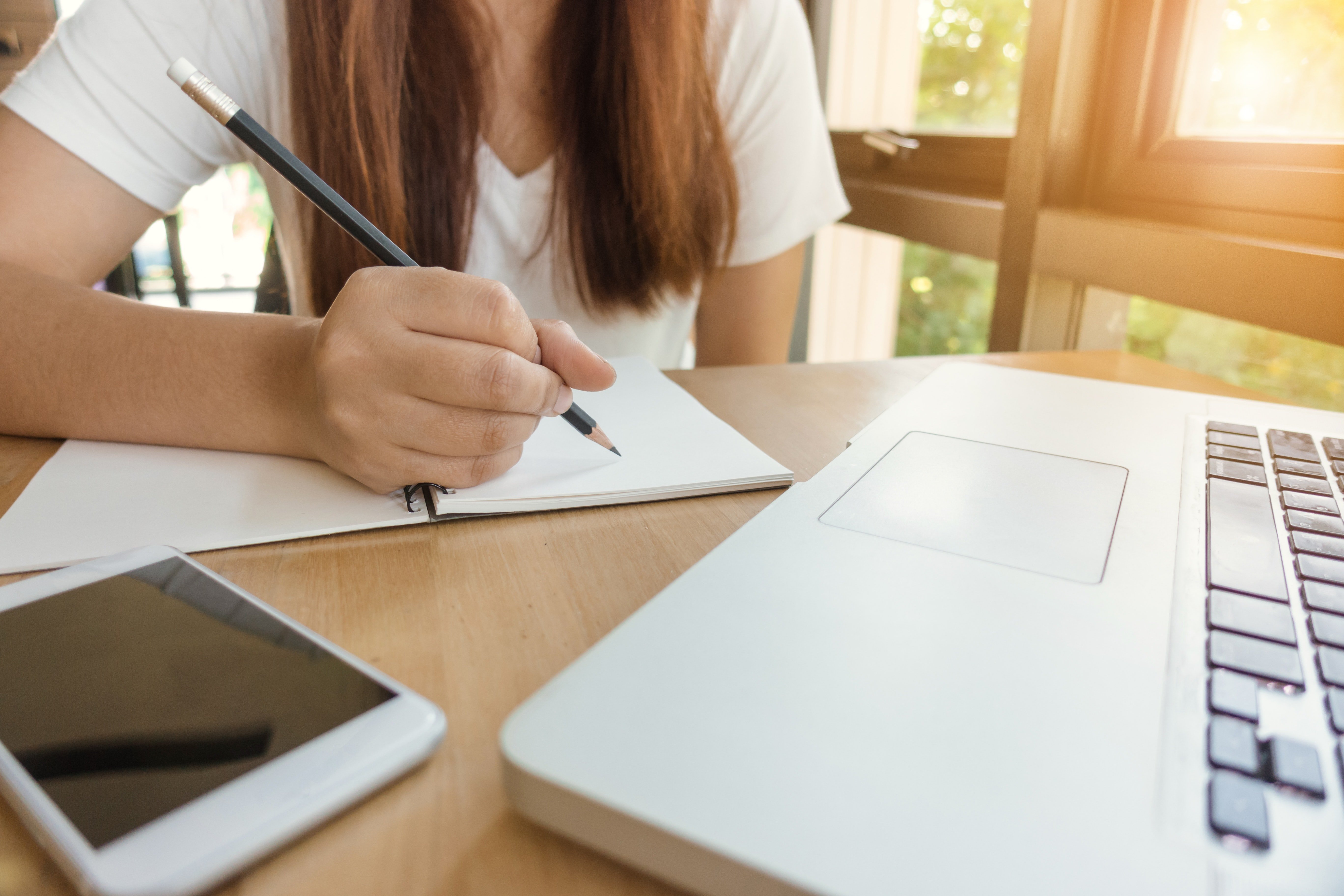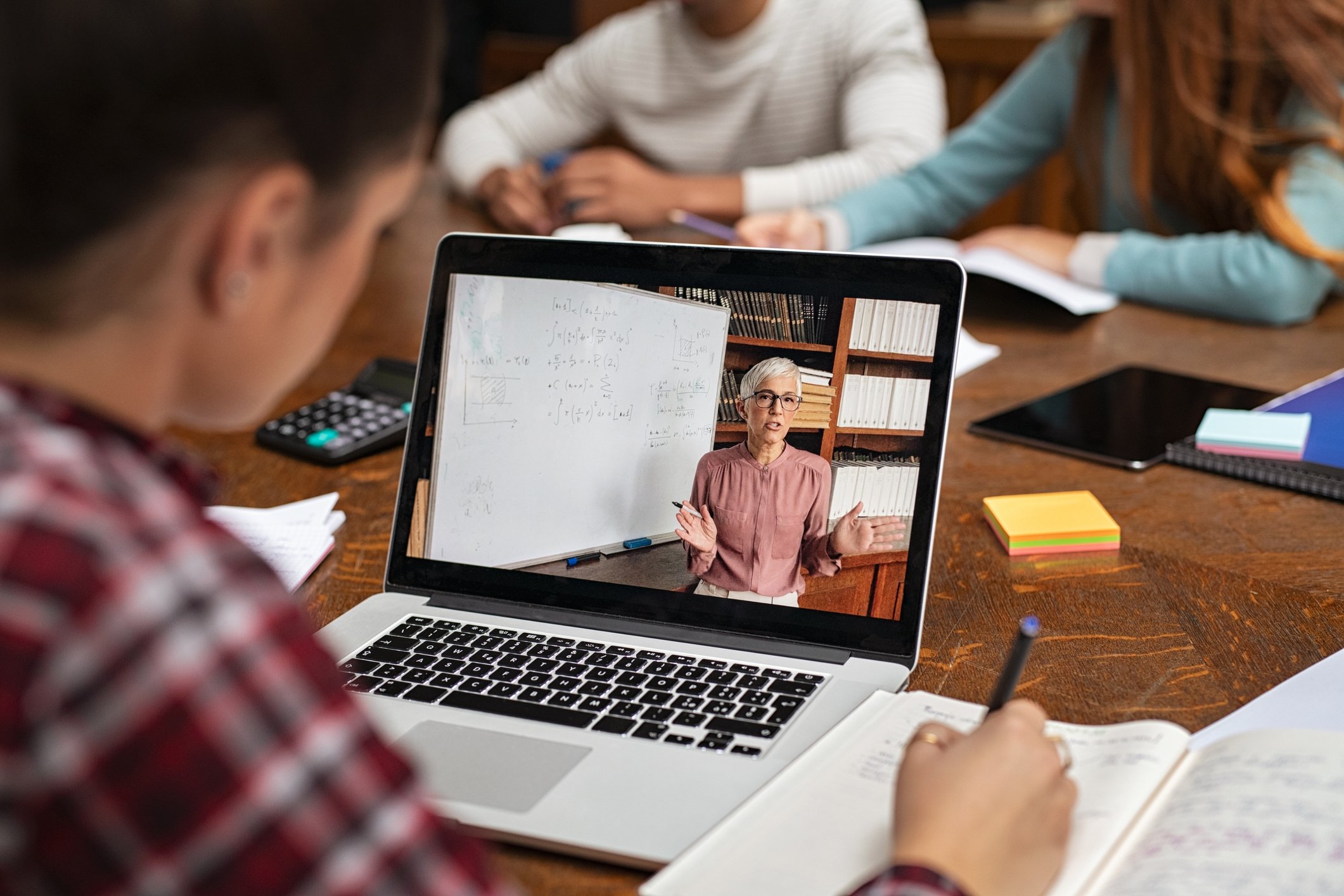
In these changing times, what are some of the social studies best-practices that we can apply in a remote learning environment?
Best-practices for social studies are defined as the ability to demonstrate instructional balance in learning while involving students in high density reading and writing instruction. Also, focusing on student-centered learning or constructive learning helps students become independent, critical thinkers and learners. For teachers switching to a remote classroom, knowledge of how to use technology and assignments to foster group learning from a distance are just a few best-practice strategies we can implement. These practices help educators with lesson planning, classroom management, and inspiring student thinking even in the most challenging remote learning scenarios!

Technology Use
First and foremost, a knowledge of implementing aspects to support digital learning is essential in these times and will serve us as a best-practice because we have to teach our 21st century learners digital skills anyway! Technology addresses the needs of all learning modalities and helps our students who are consistently guided by societal trends. Digital learning as a best-practice can take many forms, but in our remote classroom, we as educators must ensure we are implementing the latest technology to guide our students and stay abreast of the current trends in society. There are many options available to support your online classroom, including video meeting platforms (like Zoom or GoToMeeting) or discussion boards (like Active Classroom or Nystrom World), so find which one is going to work best for your grade level to address student needs.
Previously, our classrooms did not necessarily need to mimic society, but we are in different times now and educating students with very specific digital needs. If we as teachers equip ourselves with the knowledge of how to use technology, we will better serve our students to build digital skills so they can become viable assets to the work force. Many companies are using smartboards for meetings and presentations, video conferencing, team messaging, and interactive presentations. Technology is a best-practice based on us emulating the needs of our current society and the ever changing work force. Utilizing this time of remote learning to our advantage to build skills will ensure that our students are college and career ready. When the time comes to rejoin a classroom learning environment, our students will be even more equipped to build skills and succeed using technology.

Implement Remote Group Learning
Giving students the opportunity to work as a group remotely will help build collaboration skills and independence. Zoom, Google Hangouts, as well as interactive digital platforms and discussion boards (like Active Classroom or Nystrom World) where students can work together separately can be useful resources to implement for remote group learning sessions.
Teachers can group students together based on the following techniques: one-to-one peer tutoring, small ability grouping, and team grouping. These methods can provide students with social and emotional skills by building confidence and self-esteem through more intimate participation, and can develop better teamwork efforts, especially during distance learning!
One-to-one peer tutoring can be supportive because students can be paired together based on their diagnostic learning levels or the students’ depth of knowledge about the subject. Teachers can group students who already have an understanding for the material you are teaching, or mix students with varying levels of skills. Pairing a high level learner with a mid to low level learner can support instruction in your classroom maximizing one-to-one indirect instruction via a student. Ability grouping can be fostered through several types of diagnostic assessments that you give your students. Teachers can then group the students based on their test scores or grades they make on daily assignments. Team grouping can also be created selectively by teachers, or by students volunteering to work with classmates who will help them to accomplish their academic goals. These strategies can also be used if you assign long-term PBL (project-based learning) activities during your distance learning. Set deadlines for group activities and encourage your students to meet as a group using their preferred digital technology!
The greatest practice you can adapt to remote learning is to still create meaningful, didactic, memorable, and indelible lessons. This looks different to every teacher, so even in these often uncertain times, use the opportunity to challenge and engage your students to the best of your ability!
Support your students remotely with access to all our comprehensive digital platforms
Sheree Turner, Ph.D. is a Master Teacher Leader in an urban school district in Atlanta and a 27-year veteran educator specializing in English language arts (ELA) and social studies. Dr. Turner is also an adjunct professor with University of Phoenix in the School of Education graduate studies. She is certified in middle grades social studies, gifted-learner endorsed, and reading endorsed. Her area of interest is ensuring social studies does not become extinct in the 21st century classroom.